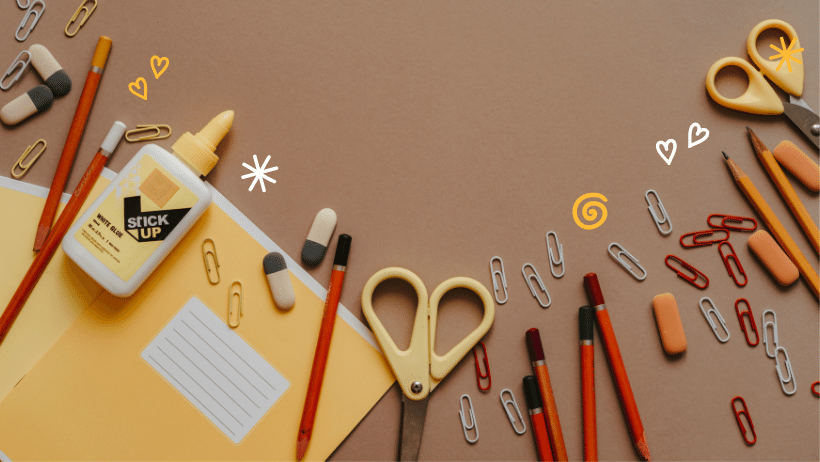Holistic learning isn’t all about academics. These learning activities can boost you and your learner to engage on a deeper level and to keep your learner motivated and excited about learning. As a learning activity, arts, crafts, and design have traditionally been passed over in favor of more academic pursuits. However, it has been proven that craft – particularly developmentally appropriate craft activities – can boost learning in those core academic disciplines like language, social studies, science, and math. Crafts have been around since the beginning of time when people made everything they used with their hands. Crafts were initially created for trading, selling, spiritual or artistic expression, as well as creating personal and household articles.

In today’s developed world, crafts are a great pastime and educational tool for kids. It can not only keep the kids entertained on a rainy day, but also extend a child’s gross and fine motor skills, develop concepts like color or numbers and see scientific processes like gluing and paint drying in action. This is very important in our school environment. because our curriculum is based on teaching conceptual understanding. Craft allows kids to explore ideas or concepts and then express them by making something to keep, entertain others with or simply look at for visual pleasure.

While there is some national curriculum that emphasizes the importance of the early introduction of fine motor skills and training of hand-eye coordination (Finland in particular) but only Waldorf (Steiner in Europe) has a systematic approach: all kids learn to knit at Waldorf. It is taught even before the alphabet. It perfects their fine motor skills, there has been evidence that it has an impact on short-term memory by implicitly training their focus, works both sides of the brain, and prepares children to be better readers when they are ready for that step.
5 Learning Boosters
Here are my favorite ways to ensure a holistic learning environment:
1. Weekly art & craft projects
Integrate a creative project, eg. knitting or woodworking, into your weekly schedule that takes at least days to complete. This way you are teaching stamina and recollection as you review the state of the project the next day. Also sometimes it is ok to abandon projects too.
2. Art Breaks
We can and should provide learners with fun and engaging learning opportunities. Fun creates engagement, meaning, purpose and joy. As neurologist and classroom teacher Judy Willis argues, “The truth is that when joy and comfort are scrubbed from the classroom…students’ brains are distanced from effective information processing and long-term memory storage.”
3. Read Alouds
Reading aloud is one of the most important things parents and teachers can do with children. Reading aloud builds many important foundational skills, introduces vocabulary, provides a model of fluent, expressive reading, and helps children recognize what reading for pleasure is all about. It is also important for older, middle school-aged learners as well, as it improves listening skills and can help discuss difficult issues.
4. Quiet Reading
Quiet time gives children uninterrupted time all on their own which provides the ideal environment for children to focus and build their attention span. This focused time resets our racing minds, allowing time for quiet and avoiding periods of overwhelm.
5. Daily puzzle / challenge
Puzzles are a great way to create a fun learning opportunity for kids. Simple jigsaw puzzles help children develop finger strength, perseverance, and problem-solving skills. Research shows that children who play with puzzles are better able to imagine what something would look like if it were changed, such as rotated or flipped. These spatial skills support children’s understanding of math and science and have been shown to predict children’s success in the STEM disciplines.
Play is critical to learning. Elise Belknap and Richard Hasler’s article titled Empty Playgrounds and Anxious Children reviews the growing research documenting the role of play in supporting the development of divergent thinking, practice with numbers concepts, literacy skills like creating narratives, prosocial behavior, expression of feeling, and problem-solving.








